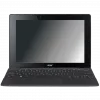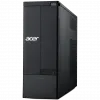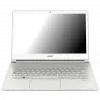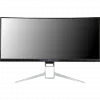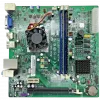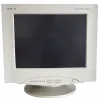
Acer Inc. (/ˈeɪsər/; Chinese: 宏碁股份有限公司; pinyin: Hóngqi Gǔfèn Yǒuxiàn Gōngsī, lit. Hongji Corporation) is a Taiwanese multinational hardware and electronics corporation headquartered in Xizhi, New Taipei City, Taiwan. Acer's products include inexpensive desktop and laptop PCs, tablet computers, servers, storage devices, displays, smartphones and peripherals. It also provides e-business services to businesses, governments and consumers. In 2012 Acer was the fourth largest personal computer vendor in the world.
In the early 2000s, Acer implemented a new business model, shifting from a manufacturer to a designer, marketer and distributor of products, while performing production processes via contract manufacturers.
